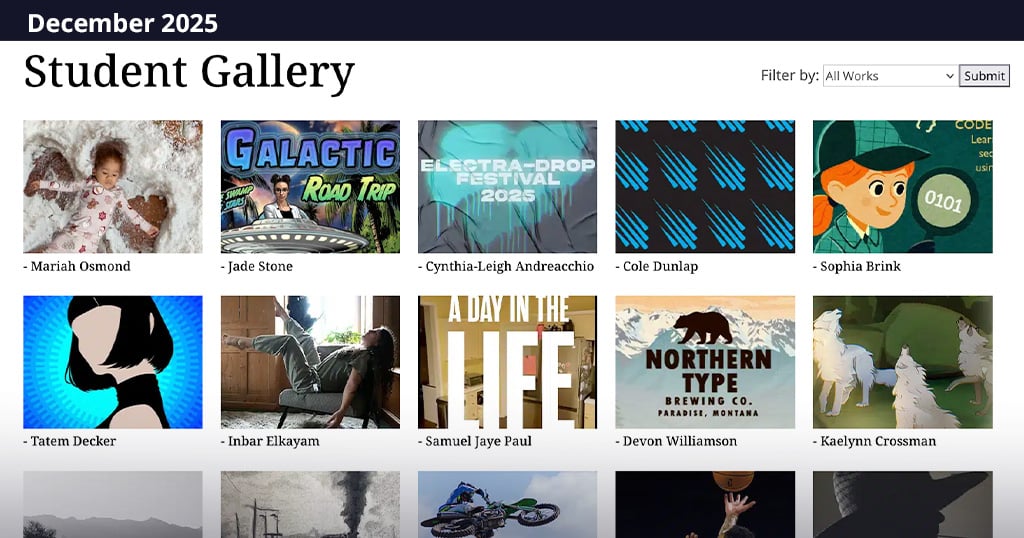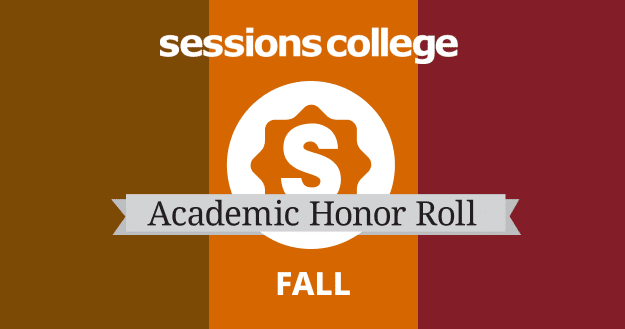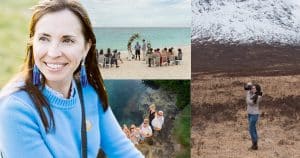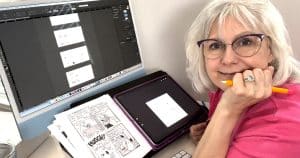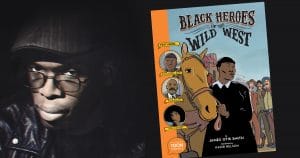Animation Insights: How Maxxie LaWow Was Made
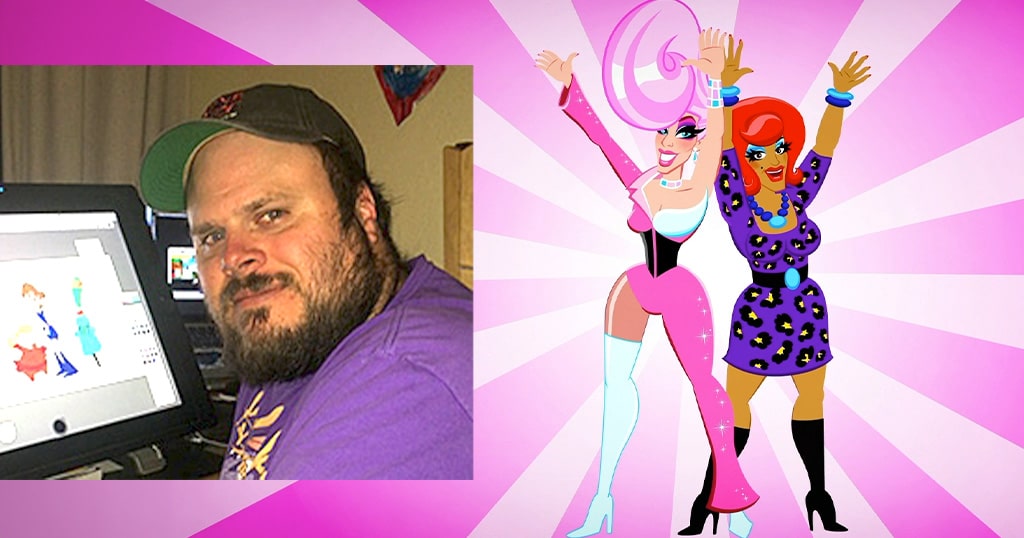
Bill and his wife Karen Drastal, a true dynamic duo with a company called Chubby Beagle Productions, worked on every aspect of character design and animation production for the movie, which tells the story of a shy young Barista called Simon and his transformation into Maxxie LaWow, a fabulous drag queen super-shero, and her battle with a villainous queen called Dyna Bolical.
In this interview we catch up with Bill to ask about the creative and production aspects of this cool project.
Q: Bill, can you tell us a bit about your journey in the animation industry and how you started your own production company?
I have been all over the industry. I first got started working as an animator in mobile and social games. My wife and I both worked as animators for a game company up in San Francisco and then moved around California, chasing work. We transitioned to the animation industry about six years ago, and I have been working for studios such as Warner Bros and Fox as a storyboard artist since.
It was around the same time we started our animation production company. A mutual friend introduced us to a team out of USC; they were developing an automated virtual assistant system to help with medical research at Children’s Hospital. They needed six short animated vignettes for the system, and they had scripts ready, but no one was available to produce the animation for them. My wife and I agreed to produce the project, and that got us started. It was our first time heading up a production, and we had a blast. We formally created Chubby Beagle Productions during that time and started creating short-form content for clients afterward.
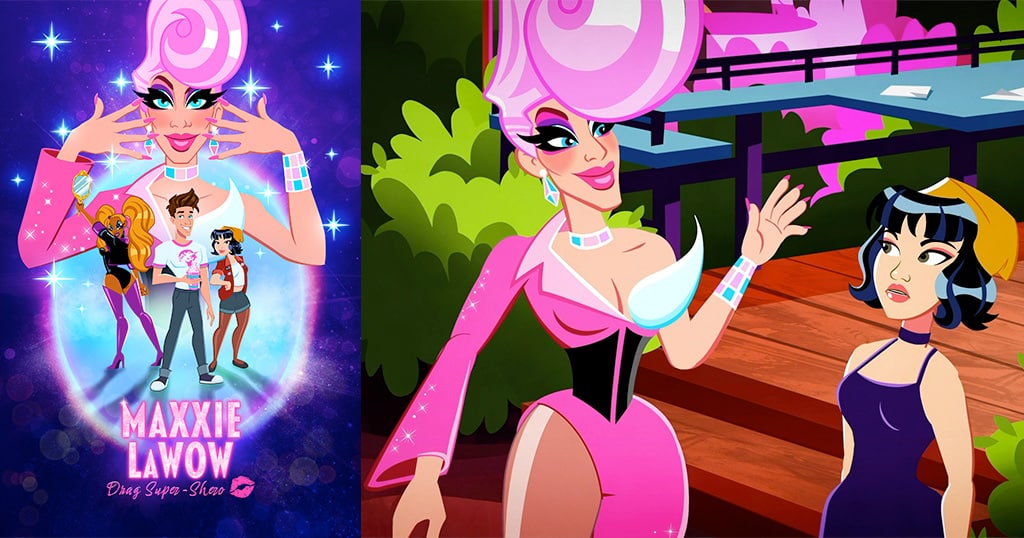
Q: What are the origins and inspiration for Maxxie La Wow? How did you get involved with this project?
Maxxie LA Wow was the brainchild of Anthony Hand, our main Executive Producer on the film. We were introduced to Anthony through a college friend of ours, Johnny Burgess, whom we had also worked with in the past on game projects and at game studios in the Bay Area. He was the initial designer for the film’s main characters. He recommended us because he knew we had just recently formed our company. We had a few meetings with Anthony, and after some negotiations, we signed on to start producing the movie in 2021.
Q: Can you talk about the inspiration for the characters and their design?
The characters are original creations inspired by Anthony and our love of drag. My wife got me into watching Ru Paul’s Drag Race shortly before we were approached to work on Maxxie, and I love it. I find myself inspired by the creativity on display.
As artists, we are always trying to express ourselves, and I get a lot of inspiration from watching these performers come out and be these goofy, fun versions of themselves. We wanted to create a fun and colorful world to showcase the campy fun the audience is about to have watching the film. Some of the characters’ designs are based slightly on aspects of their voice artists.
The film has a cast of who’s who celebrity drag queens, and we wanted to throw in design elements from some of their well-known looks. Other design aspects are based on the character’s personality.

Q: Can you walk us through how the animation was produced?
The idea for this movie definitely went on a journey. Our part with producing the animation started by analyzing the script; we identified what needed to be created first—locations, characters, props, and so on. We had many discussions with Anthony and talked about his vision for the film, and I was very happy when he was open to some of our ideas and suggestions. It is one of the great things about working in animations just how much of a collaboration it is. We started on pre-design and created tons of drawings to visualize these portions of the film. This was a crucial part, and these drawings helped cement the film’s look and feel.
After the pre-design, we took the location and character drawings and started the storyboard phase of the film. I was the Head of Story on the film, and I worked with the storyboard artists to visualize the script. My experience in television animation helped us work within the scope of our limited resources with this film.
After the storyboards, we started designing all the backgrounds, props, and characters being called out in them. We added the dialogue to the storyboards and created a watchable animatic of the entire film. The animatic helped us see how the scenes played out and also helped us design animated character rigs that the animators would use.
Once the designs were ready, we started to send files to our animators for animation. Again, the animatic played an essential part because the animators could animate over the storyboard and keep to the film’s timing. My wife, Karen Drastal, headed up the animation portion of the film. I also help out with animating some scenes. This part of the film was where all the pre-design, animatic, and planning work really paid off. In animation, we can’t just reshoot a scene while animating unless the studio is willing to pay for all the new designs, backgrounds, and so on, that would need to be created. Once animation starts, you let the animators work and get out of their way.
Once the animation was done, post-production was started. Again, this was headed up by Karen, who worked with Anthony and sound engineer Rolland Cagwin, to create the film’s final version. It has been quite the adventure that has lasted three whole years!
Q: What is it like working on a team, including voice actors and other animators?
Sadly, we did not get to work with the voicecast. That was a different department, but working with a team of fellow artists was a fun challenge. Working collaboratively with other artists is a must for animation. A good animated project is constantly growing from artist to artist. You want each artist to put some unique ideas into the work. The difficulty can be keeping the whole project looking uniform and staying cohesive. We believe that artists create their best work when they’re passionate and having fun with the project they’re on.
That was our philosophy for this movie, and I think it shows in the final work. We’d love to get feedback about how excited the artists were to participate in this project, and we wanted them to feel that they were contributing to the fun. It meant listening to their ideas, finding ways to incorporate what worked, and pushing back on what didn’t. It’s a challenging task. We artists are like cats being herded, but when things go well, the results are amazing.
Q: What challenges do you run into when having your own animation production studio? How do you overcome them?
One of the biggest challenges is finding funding. We were lucky on Maxxie. Anthony was a fantastic client to work with, and when we needed more money, he found it for us. We’re hoping to find a way to make our studio more sustainable.
Working from project to project is the norm in the animation industry right now. You’ll get hired on a show and know your end date. Because it gets popular, you might get called back to work on that show through luck. The studio holds all the rights and gains all the profit and revenue from the productions, but the artists don’t see any of that. The productions made would not have been possible without them. We’re hoping to figure our how we can change that norm.
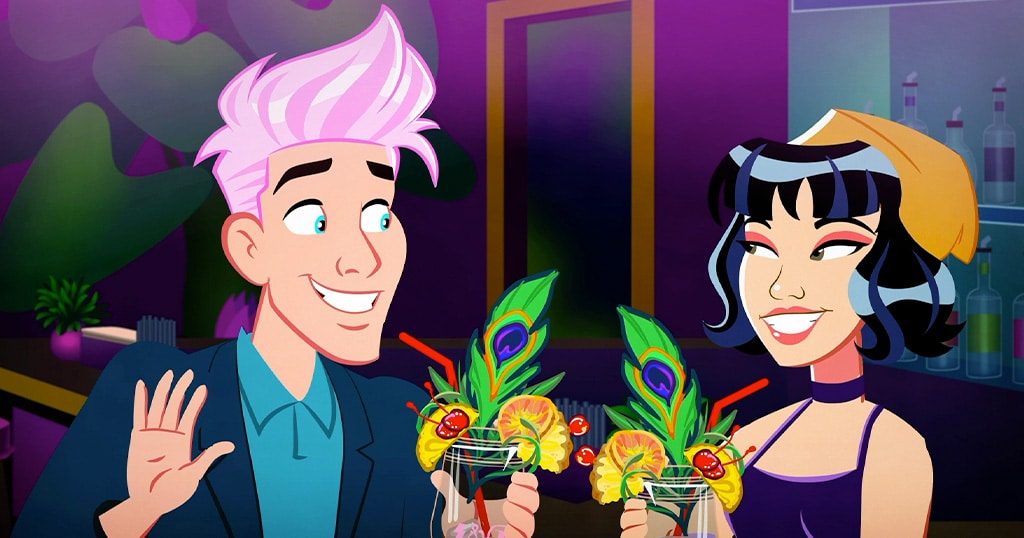
Q: What advice would you give to students who are interested in creating a similar project, whether that be a short animated film or feature-length film?
The biggest suggestion I would give would be to pay attention to the scope of your project. Not every film needs to be epic. Be creative; get your ideas out there. People still love to hear and experience stories, the fantastical and the amazing. Also, be mindful of your budget, team size, and what can be done. Communicating your idea to your audience is all that’s needed.
Also, trust in your ideas, listen to and trust in others’ ideas, and find collaboration to get the best out of both points of view. Animation is such a team effort.
Finally, keep the making of it fun. The experience of creating anything is exciting and enjoyable. Going to see movies or reading comics and stories is fun, regardless of the genre or story. If the creator/creators had fun making the piece of media, you know and feel it, and in turn, you have more fun experiencing that media. Keep the process fun, and the result will be great for everybody involved!
https://www.chubbybeagle.com/
https://www.maxxie.com/
https://www.instagram.com/bill_drastal/
https://billdrastal.com/
For more information on degree and certificate programs in illustration and digital media at Sessions College, browse illustration programs and digital media programs, and talk to an Admissions Advisor.
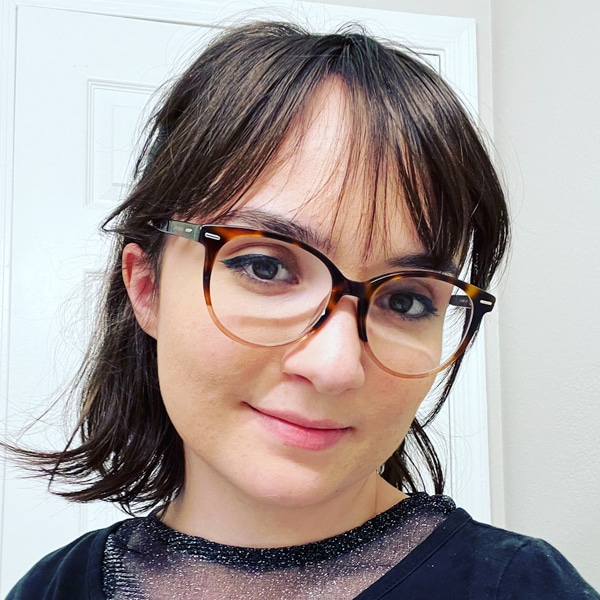
Lauren Hernandez served as the Manager, Faculty and Curriculum Development at Sessions College. Lauren is an artist, educator, and former middle-school teacher with a passion for everything art-related. Read more articles by Lauren.
RECENTLY ON CAMPUS

